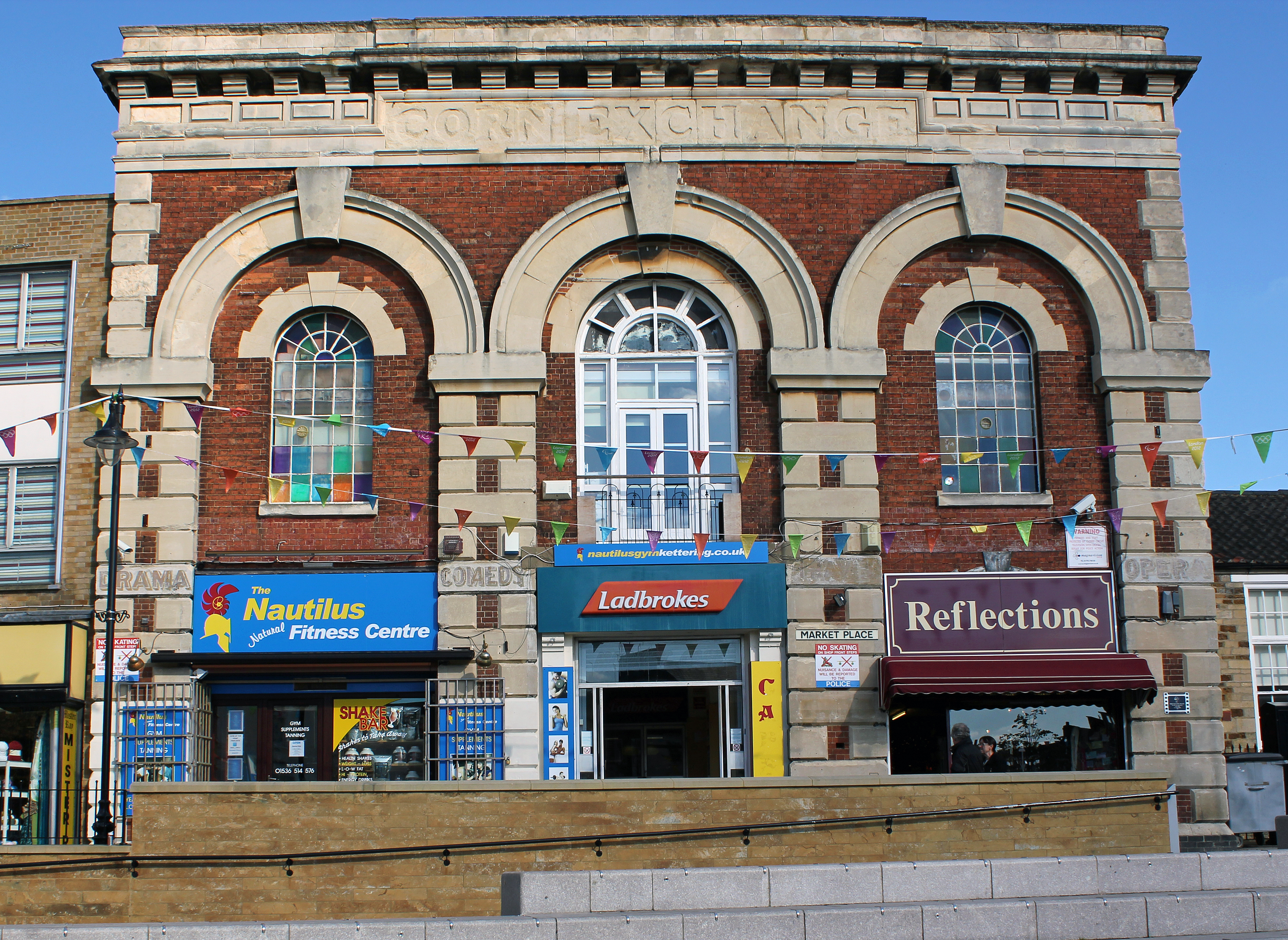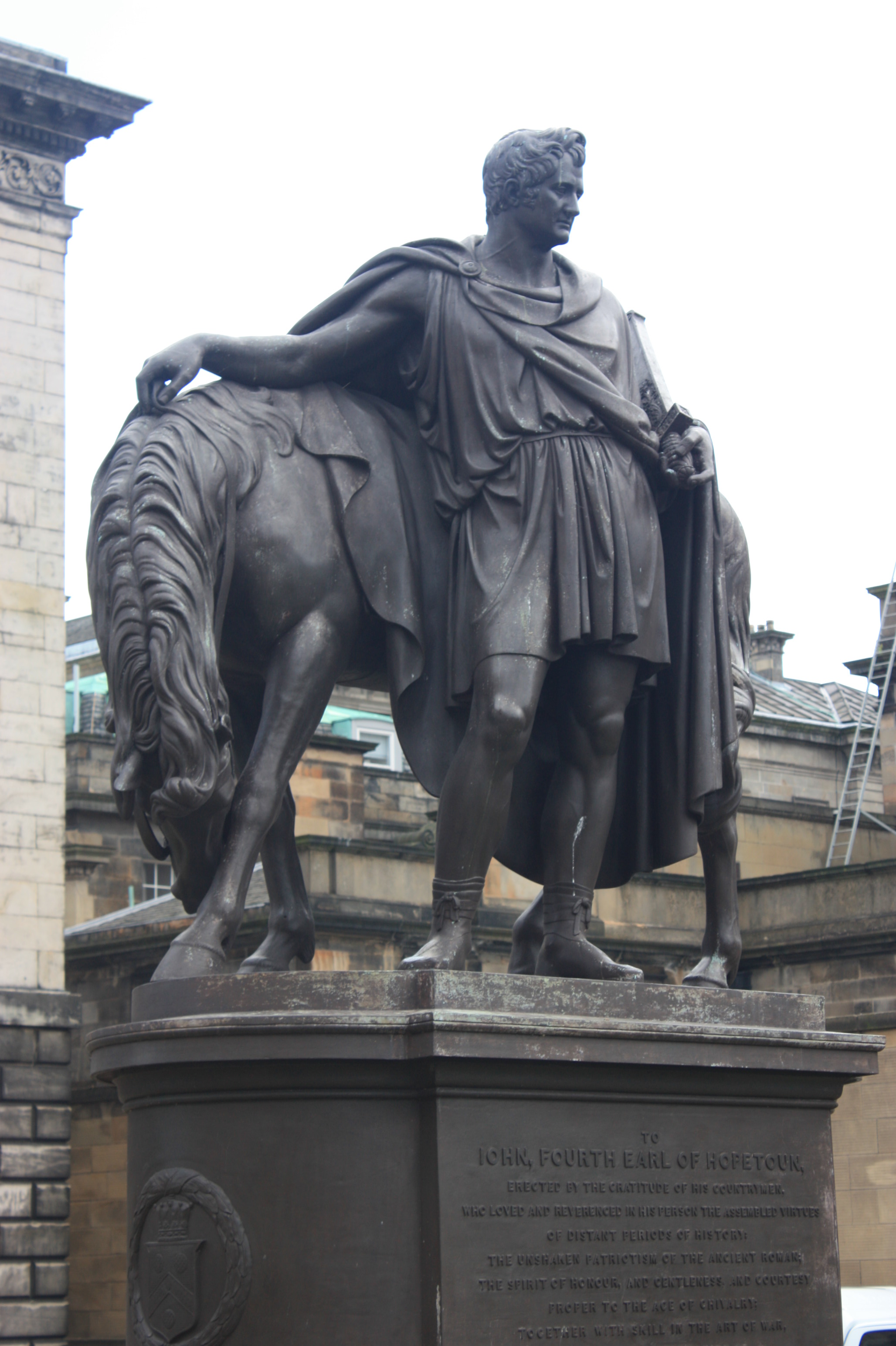|
Warkton
Warkton is a small nucleated village and civil parish in the England, English county of Northamptonshire. It is approximately three miles north-east of the town of Kettering and seven miles west-northwest of Thrapston, and forms part of North Northamptonshire. At the time of the United Kingdom Census 2001, 2001 census, the parish's population was 144 people, reducing slightly to 136 at the 2011 Census. The village's name means 'Farm/settlement which is connected to a man named Weorc(a)'. The Grade I listed parish church of St Edmund is particularly noted for containing four Baroque marble monuments erected between the 1750s and 1830s to members of the local Montagu family of Boughton House. The monuments are housed in four niches in the specially constructed chancel. The original medieval (probably Norman) chancel was demolished to make way for its construction. The east window is large and of clear glass, flooding the chancel with light to show the white marble monuments at the ... [...More Info...] [...Related Items...] OR: [Wikipedia] [Google] [Baidu] |
Elizabeth Scott, Duchess Of Buccleuch (1743–1827)
Elizabeth Scott, Duchess of Buccleuch (29 May 1743 – 21 November 1827), formerly Lady Elizabeth Montagu, was the wife of Henry Scott, 3rd Duke of Buccleuch.G. E. Cokayne, Vicary Gibbs (St Albans MP), Vicary Gibbs, H. A. Doubleday, Geoffrey H. White, Duncan Warrand and Lord Howard de Walden, editors, ''The Complete Peerage of England, Scotland, Ireland, Great Britain and the United Kingdom, Extant, Extinct or Dormant'', new ed., 1910-1959, reprint, Gloucester, U.K.: Alan Sutton Publishing, 2000, volume IV, p. 442. Biography Lady Elizabeth was the eldest daughter of George Montagu, 1st Duke of Montagu, and his wife, Mary Montagu, Countess of Cardigan, Mary. She was baptised at St George's, Hanover Square. Her maternal great-grandparents were John Churchill, 1st Duke of Marlborough and his wife Sarah Churchill, Duchess of Marlborough, Sarah. The death of her brother, John Montagu, Marquess of Monthermer, unmarried and without heirs, in 1770, resulted in the barony of Montagu ... [...More Info...] [...Related Items...] OR: [Wikipedia] [Google] [Baidu] |
North Northamptonshire
North Northamptonshire is a Unitary authorities of England, unitary authority area in the Ceremonial counties of England, ceremonial county of Northamptonshire, England, and was created in 2021. The council is based in Corby, the district's largest town. Other notable towns are Kettering, Wellingborough, Rushden, Raunds, Desborough, Rothwell, Northamptonshire, Rothwell, Irthlingborough, Thrapston and Oundle. North Northamptonshire borders the City of Peterborough, Rutland, City of Milton Keynes, Milton Keynes, Huntingdonshire, Borough of Bedford, Bedford, Harborough District, Harborough, West Northamptonshire and South Kesteven districts. It has a string of lakes along the River Nene, Nene Valley Conservation Park, associated Nene Valley Railway, heritage railway, the village of Fotheringhay which has tombs of the House of York as well as a towering church supported by flying buttresses. This division has a well-preserved medieval castle in private hands next to Corby – ... [...More Info...] [...Related Items...] OR: [Wikipedia] [Google] [Baidu] |
Kettering (UK Parliament Constituency)
Kettering is a market town, market and industrial town, industrial town in the North Northamptonshire district of Northamptonshire, England, west of Cambridge, England, Cambridge, southwest of Peterborough, southeast of Leicester and north-east of Northampton. It is west of the River Ise, a tributary of the River Nene. The name means "the place (or territory) of Ketter's people (or kinsfolk)".R.L. Greenall: A History of Kettering, Phillimore & Co. Ltd, 2003, . p.7. At the 2021 census, Kettering had a population of 63,150. It is part of the East Midlands, along with the rest of Northamptonshire. There is a growing commuter population as it is on the Midland Main Line railway, with East Midlands Railway services direct to St Pancras railway station, London St Pancras International. Early history Kettering means "the place (or territory) of Ketter's people (or kinsfolk)". Spelt variously Cytringan, Kyteringas and Keteiringan in the 10th century, although the origin of the name ... [...More Info...] [...Related Items...] OR: [Wikipedia] [Google] [Baidu] |
Thomas Campbell (sculptor)
Thomas Campbell (1 May 1790 – 4 February 1858) was a Scottish sculptor in the early 19th century. He has several important public works, most notably a statue of Sarah Siddons in Westminster Abbey. He also has several works in the National Gallery in London. He was heavily patronised by the British aristocracy, as evidenced by his works. Life He was born in Tolbooth parish, Edinburgh Old Town, now part of the Royal Mile. He was the son of Douglas Campbell, "gentleman servant", and Helen Thorburn. He was apprenticed to John Marshall, marble cutter on Leith Walk. During his apprenticeship he befriended James Locke (draper), James Locke, later to be credited with the naming ''Tweed''. Whilst at Marshall's, over three years, he sculpted two figures for the facade of the Royal Bank of Scotland, which around 1817 attracted the patronage of Gilbert Innes of Stow of Wedale, Stow, depute governor of the Bank. He paid for Campbell to study at the Royal Academy Schools in London fr ... [...More Info...] [...Related Items...] OR: [Wikipedia] [Google] [Baidu] |
John Montagu, 2nd Duke Of Montagu
Major-General John Montagu, 2nd Duke of Montagu, (1690 – 5 July 1749), styled Viscount Monthermer until 1705 and Marquess of Monthermer between 1705 and 1709, was a British Army officer, courtier and the fifth Grand Master of the Premier Grand Lodge of Freemasonry. Life Montagu was born in 1690. He received private tuition as a child and also went on a grand tour of Italy and France with Pierre Sylvestre in his formative years. When he was 15, on 17 March 1705, John was married to Lady Mary Churchill, daughter of John Churchill, 1st Duke of Marlborough, and Sarah Churchill, Duchess of Marlborough. His in-laws were among the wealthiest and most powerful families in Europe at the time. In 1709 he succeeded his father to the Dukedom of Montagu. On 23 October 1717, Montagu was admitted a Fellow of the Royal College of Physicians. He was made a Knight of the Garter in 1719, and was made Order of the Bath, a Fellow of the Royal Society in 1725, and a Grand Master of the ... [...More Info...] [...Related Items...] OR: [Wikipedia] [Google] [Baidu] |
Louis-François Roubiliac
Louis-François Roubiliac (or Roubilliac, or Roubillac) (31 August 1702 – 11 January 1762) was a French sculpture, sculptor who worked in England. One of the four most prominent sculptors in London working in the rococo style, he was described by Margaret Whinney as "probably the most accomplished sculptor ever to work in England". Life Roubiliac was born in Lyon. According to J. T. Smith he was trained in the studio of Balthasar Permoser in Dresden, where Permoser, a product of Bernini's workshop, was working for the Protestant Elector of Saxony, and later in Paris, in the studio of his fellow-townsman Nicolas Coustou. Disappointed in receiving second place in the competition for the Prix de Rome, 1730, he received his medal but not the chance to study in Rome; he moved to London instead. In 1735 he married Caroline Magdalene Hélot, a member of the French Huguenot community in London, at St Martin-in-the-Fields. In London, he was employed by Thomas Carter (sculptor), "Carter ... [...More Info...] [...Related Items...] OR: [Wikipedia] [Google] [Baidu] |
Pieter Mathias Van Gelder
Pieter is a male given name, the Dutch form of Peter. The name has been one of the most common names in the Netherlands for centuries, but since the mid-twentieth century its popularity has dropped steadily, from almost 3000 per year in 1947 to about 100 a year in 2016. at the Corpus of First Names in The Netherlands Some of the better known people with this name are below. See for a longer list. * Pieter de Coninck (?-1332), Flemish revolutionary * Pieter van der Moere (c. 1480–1572), Flemish Franciscan missionary in Mexico known as "Pedro de Gante" * |
Villages In Northamptonshire
A village is a human settlement or Residential community, community, larger than a hamlet (place), hamlet but smaller than a town with a population typically ranging from a few hundred to a few thousand. Although villages are often located in rural areas, the term urban village is also applied to certain urban neighborhoods. Villages are normally permanent, with fixed dwellings; however, transient villages can occur. Further, the dwellings of a village are fairly close to one another, not scattered broadly over the landscape, as a dispersed settlement. In the past, villages were a usual form of community for societies that practice subsistence agriculture and also for some non-agricultural societies. In Great Britain, a hamlet earned the right to be called a village when it built a Church (building), church. [...More Info...] [...Related Items...] OR: [Wikipedia] [Google] [Baidu] |
Grafton Underwood
Grafton Underwood is a village and civil parish in North Northamptonshire, England. At the time of the 2001 census, the parish's population was 134 people, increasing to 146 at the 2011 census. The village was used in Helen Fielding's Bridget Jones novels as her childhood home. The villages name means 'Grove farm/settlement'. The affix refers to Rockingham Forest. The Church of England parish church is dedicated to St James the Apostle. It is a Grade I listed building. RAF Grafton Underwood was assigned to the United States Army Air Forces Eighth Air Force in 1942 as USAAF Station 106. The village was the location of the second meeting of the early Victorian era In the history of the United Kingdom and the British Empire, the Victorian era was the reign of Queen Victoria, from 20 June 1837 until her death on 22 January 1901. Slightly different definitions are sometimes used. The era followed the ... tennis event called the North Northamptonshire LTC Tournamen ... [...More Info...] [...Related Items...] OR: [Wikipedia] [Google] [Baidu] |
Geddington
Geddington is a village and civil parish on the A4300, previously A43, in North Northamptonshire between Kettering and Corby. The population of the civil parish at the 2011 census was 1,503, virtually unchanged from 1,504 at the 2001 census. The villages name means "Farm/settlement connected Gaete" or "farm/settlement connected with Geiti". Alternatively, "goat place farm/settlement". The village contains an Eleanor cross. The monument dates from 1294, when the crosses were raised as a memorial by Edward I (1239–1307) to his late wife, Eleanor of Castile (1241–1290). There were originally 12 monuments, one in each resting place of the funeral procession as they travelled to Westminster Abbey. The Geddington cross is one of only three Eleanor crosses still standing; the other two being in Hardingstone (near Northampton) and Waltham Cross, although remnants and reconstructions of the lost ones can also be seen at other sites. The Geddington cross is regarded as the bes ... [...More Info...] [...Related Items...] OR: [Wikipedia] [Google] [Baidu] |
Weekley
Weekley is a small village and civil parish in the English county of Northamptonshire, on the outskirts of Kettering. The village's name probably means, 'wood/clearing by the Romano-British vicus', a trading settlement. There are two known Romano-British destinations in the surrounding area. On the other hand, ' wych-elm wood/clearing' might be an alternative derivation. At the time of the 2001 census, the parish's population was 242 people, increasing to 297 at the 2011 Census. Many houses in Weekley have thatched roofs. The busy A4300 road runs through the village. Governance Weekley is part of the North Northamptonshire North Northamptonshire is a Unitary authorities of England, unitary authority area in the Ceremonial counties of England, ceremonial county of Northamptonshire, England, and was created in 2021. The council is based in Corby, the district's la ... unitary authority. References External links *A description* Villages in Northamptonshire C ... [...More Info...] [...Related Items...] OR: [Wikipedia] [Google] [Baidu] |


